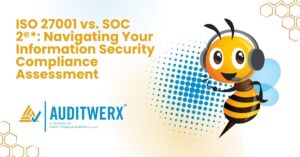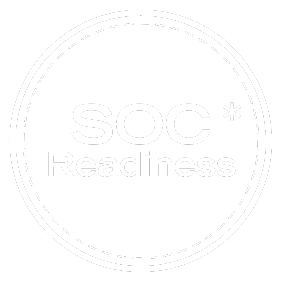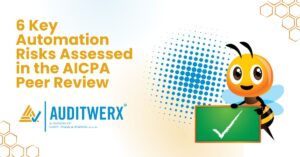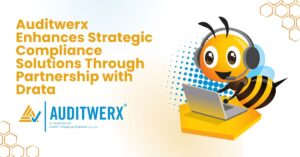
ISO 27001 vs. SOC 2®*
Are clients or potential customers starting to ask for your latest information security compliance report? If you haven’t heard from them yet, expect those inquiries soon. ISO 27001 and SOC 2®* are two leading frameworks that can elevate your organization’s information security compliance initiatives.









